There are many reasons as to why Sri Lanka is the perfect holiday destination and the fact that it is home to many exotic species of wildlife comes in at the top of its list. 23% of its flora and 16% of its fauna are unique only to the territories of Sri Lanka. That is quite a significant percentile for a landmass of just 65,610 km², a country only a little larger than West Virginia (USA).
NATIONAL ZOOLOGICAL GARDEN
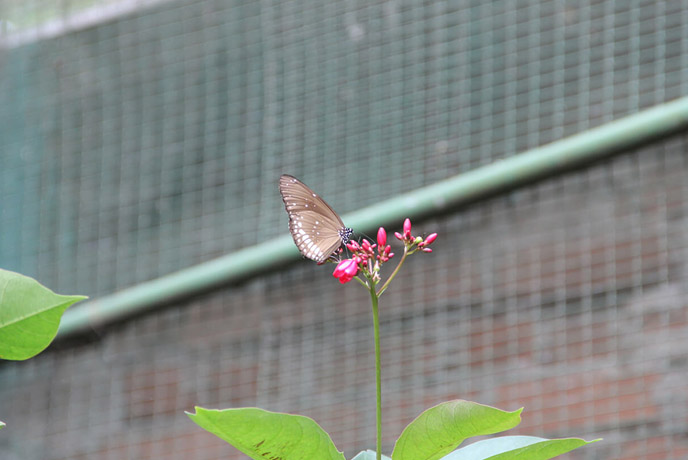
The National Zoological Garden in Dehiwala is probably one of the few places you will witness animals in a controlled environment. Currently, it is home of over 3000 animals and 350 species, many of them indigenous to Sri Lanka. It also runs an extension breeding and conservation program with the foresight of protecting the interest of animal species that are exposed to many vulnerabilities.
PINNAWALA
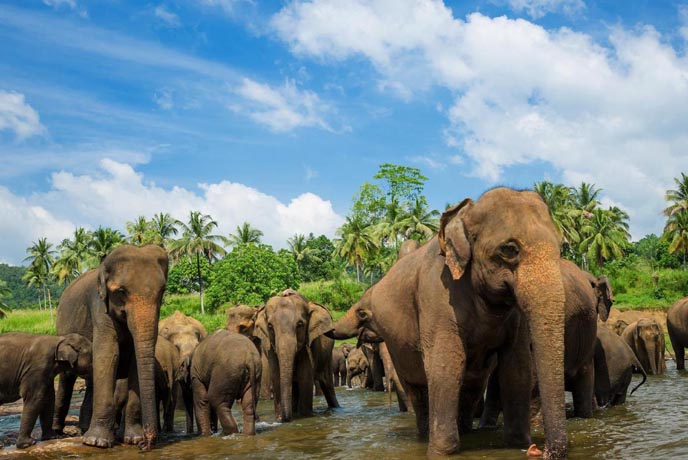
Visiting the Pinnawala elephant orphanage can a bittersweet experience. It is overwhelming to be nearby majestic creatures such as the Sri Lankan elephant in circumstances that can tend to close in on you. However, to all of them, it is the closest to home that they will ever get.
Though the most ideal would be to observe these great beasts in their natural habitat, the elephants of Pinnawala are here because a 30-year-old civil war that terrorized Sri Lanka until the year 2009, during which many of them fell victim to land mines and have to be cared for, for the entirety of their lifetime. However, during the more recent past, the establishment has concentrated its efforts in rehabilitating wild elephants that lose their habitation due to permanent human settlements and cultivations (villages) that are located bordering wildlife territories.
This facility spreads across an area of 25 acres adjoining the Maha Oya River and relies on its local and foreign visitors to remain afloat. Therefore it charges an admission fee that allows visitors to view the care and daily routine of the elephants such as bottle feeding of elephant calves, feeding of all other elephants, and bathing in the Ma Oya (River).
Though the most ideal would be to observe these great beasts in their natural habitat, the elephants of Pinnawala are here because a 30 year old civil war that terrorized Sri Lanka until the year 2009, during which many of them fell victim to land mines and have to be cared for, for the entirety of their life time. However during the more recent past, the establishment has concentrated its efforts in rehabilitating wild elephants that lose their habitation due to permanent human settlements and cultivations (villages) that are located bordering wildlife territories.
This facility spreads across an area of 25 acres adjoining the Maha Oya River and relies on its local and foreign visitors to remain afloat. Therefore it charges an admission fee that allows visitors to view the care and daily routine of the elephants such as bottle feeding of elephant calves, feeding of all other elephants, and bathing in the Ma Oya (River).
UDAWALAWE NATIONAL PARK
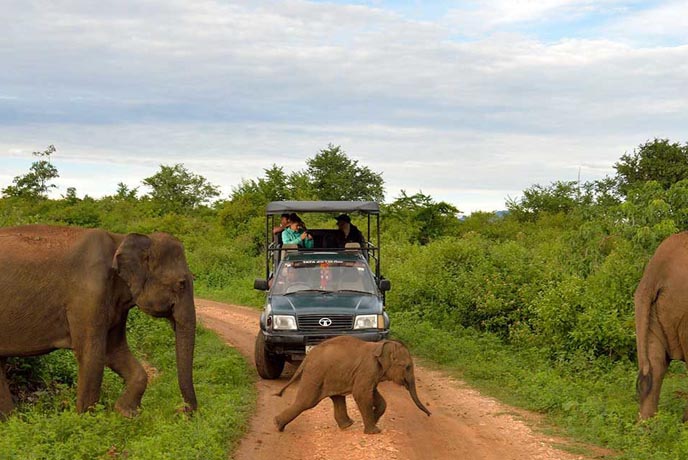
The vast open lands nourished by the Udawalawe reservoir allows wilder beasts to roam free as they should. Observing them in their natural habitat, 165 km away from the chaos of capital city Colombo allows one to truly appreciate the biodiversity the island country is blessed with. The Walawe River and its tributaries, the marshes, forests, and grasslands are home to many of animals who would otherwise have been displaced by the construction of the Udawalawe Reservoir on the Walawe River. This controlled situation also protects the interest of the breasts who are at the risk of being hunted down. Species recorded from the park include 94 plants, 21 fish, 12 amphibians, 33 reptiles, 184 birds, and 43 mammals along with 135 species of butterflies.
YALA NATIONAL PARK
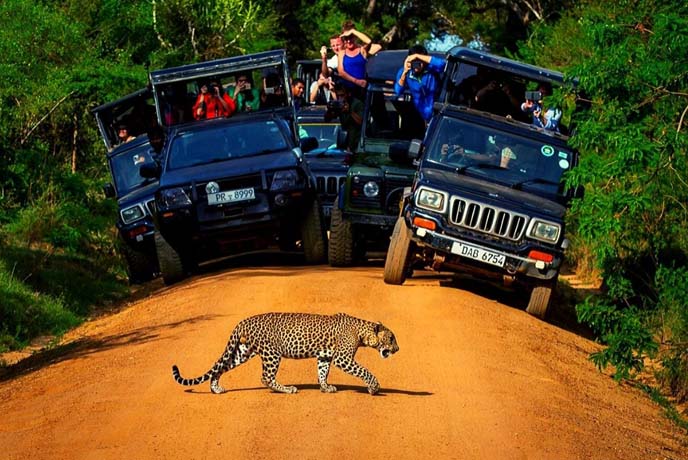
Sri Lanka s second-largest animal sanctuary, situated in its dry semi-arid climatic region was named an animal sanctuary along with Wilpattu and is one of the first two to conceptualize “national parks” in Sri Lanka. Though it was severely damaged during the Tsunami in 2004, it remains one of the highly protected animal reserves providing conservation to many varieties of aquatic birds and animals including the Lankan leopard and the Sri Lankan elephant.
Though it faces new challenges with the rising threat of poaching, deforestation, drought, and starvation, many efforts are taken to recuperate it to its former glory. For this reason and an attempt to create a sense of normalcy for the animals, only two of the park’s five blocks are open to the public at present.
Though it faces new challenges with the rising threat of poaching, deforestation, drought and starvation, many efforts are taken to recuperate it to its former glory. For this reason and an attempt to create a sense of normalcy for the animals, only two of the parks five blocks are open to the public at present.
KUMANA NATIONAL PARK
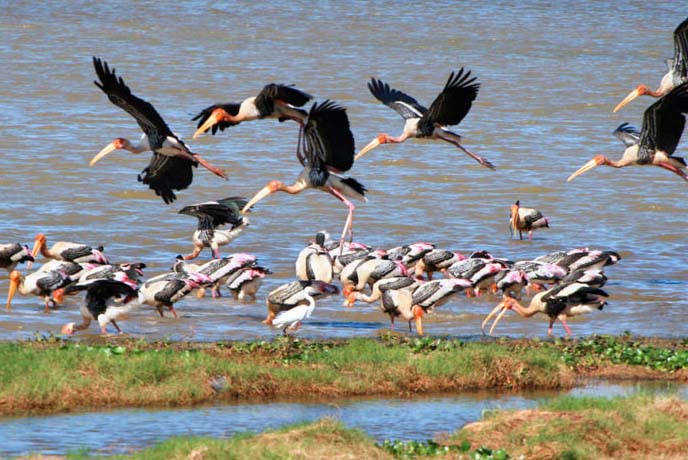
Kumana is technically a part of the Yala National Park and was previously referred to as the Yala East National Park. Its significance is derived from the fact that is houses a great number of birds that take refuge in Kumana’s 20 lagoons and tanks that sustain their migration course. This extensive birdlife enjoys the tropical thorn forest of Kumana that is a well-suited nesting and breeding ground. It is said that the Pintail snipes migrate 11,000 kilometres from Siberia to get to Kumana.
WILPATTU NATIONAL PARK
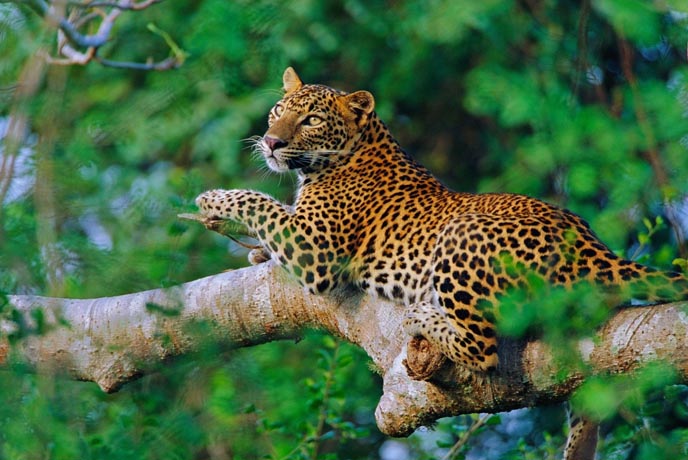
The park’s name is tied to its unique attribute. The name Wilpattu is derived from the term “Willus” which translates to “natural lakes” in the local dialect. Over 100 lakes and tanks are present within the park’s perimeter, which is notably the largest and oldest wildlife sanctuary in Sri Lanka. Only 25% of the park is accessible to visitors since it was re-opened in 2003 following the end of the armed conflict on the island. The rest of the park remains a dense forest which is a haven for the leopard (Panthera pardus kotiya), it’s the most vital occupant.



Leave a Reply